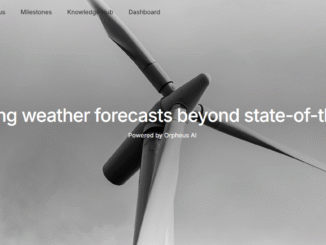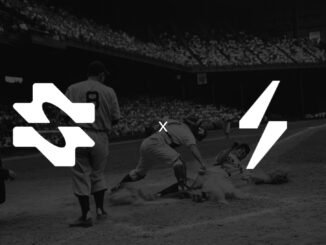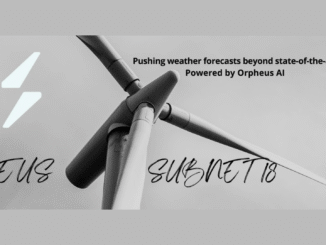
⚠️ Editor’s Note: This article was originally published by Tao Stacker on X. It is repurposed into article format here. All rights belong to the original author.
In a recent AMA-style discussion held in a Telegram community, Tao Stacker had the chance to speak with Egill Orpheus, owner of Zeus Subnet (SN18). The conversation shed light on Zeus’s trajectory, its growing list of partnerships, and how it plans to carve out its niche in the increasingly competitive world of AI-driven weather prediction.
Zeus vs. Gaia: Defining the Difference
One of the most common questions Egill encounters is how Zeus compares to Gaia (SN27). Until recently, Gaia’s scope extended beyond weather, making it more complementary to Zeus’s work. But after a recent pivot, Gaia is now focused solely on weather forecasting, setting up a direct rivalry.
Egill was quick to highlight a crucial difference: Gaia requires miners to fine-tune predefined models—from governments, Microsoft, and others—while Zeus offers miners complete freedom. They can fine-tune existing models, build their own, or even query multiple open-source models simultaneously. This flexibility, he explained, is what gives Zeus its unique edge.
Partnerships on the Horizon
Although Egill couldn’t reveal all of Zeus’s upcoming collaborations, he did confirm one significant partnership with SportsTensor (SN41). At launch, Zeus weather data will power “current weather” features in SN41’s Almanac app, enriching game details with live environmental insights. Over time, weather data could expand into predictive modeling, helping miners factor conditions into score predictions.
Zeus is also slated for appearances on Revenue Search with the DSV Fund team next week, and later in September on Novelty Search, giving the project opportunities to announce further developments publicly.
The Revenue Model: Driving Alpha Value
Naturally, the discussion shifted to revenue and token value. Egill outlined Zeus’s client base as energy traders, hedge funds, drone operators, retailers, and weather-warning systems. The monetization strategy involves using revenues for buybacks, establishing an OTC facilitation fund between miners and investors, and potentially leveraging tools from other subnets like MetaHash SN73 to streamline liquidity in the future.
Interestingly, Zeus is also exploring a strategy inspired by Ridges (SN62), offering miners reduced price tools in exchange for a small percentage of emissions. This model could significantly reduce miner sell pressure while aligning incentives for long-term subnet health.
What’s Next: App & API Expansion
To showcase its technology, Zeus will soon launch a dedicated app—designed both as a proof of concept and as an example of how developers can build applications using the subnet’s new API. The vision, Egill explained, is for customized apps to flourish on top of Zeus, tapping into its data streams for tailored solutions across industries.
Looking Ahead
While some roadmap details remain under wraps, the excitement within the community excitement around SN18 is palpable. With a unique approach to weather modeling, high-value partnerships in motion, and a clear revenue strategy, Zeus appears well-positioned to become a leader in AI-driven environmental intelligence.




Be the first to comment